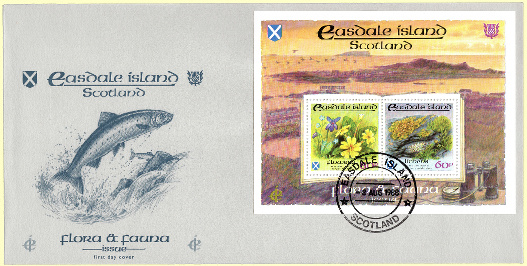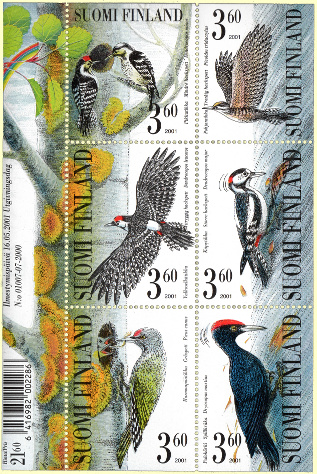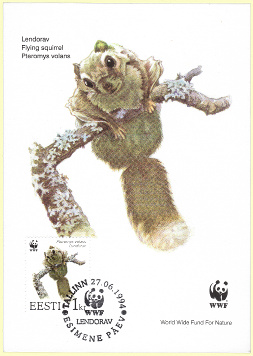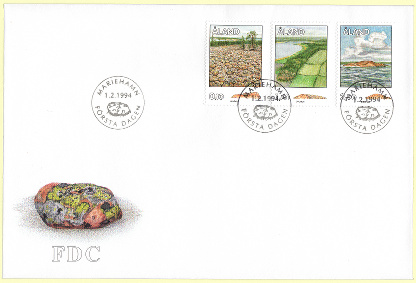Enlichened Postage Stamps
by Vivian Miao
In addition to getting our letters and packages from one part of the world to another, postage stamps can also provide a window on interesting indigenous flora, fauna, and fungi. There are sixteen stamps issued to date by various postal authorities in which lichens are presented as a primary subject, and another two dozen plus, in which lichens are included as secondary subjects or accessory elements.

 Stamps in this article may be shown larger or smaller than actual. |
Secondary subjects, usually unnamed, provide a setting and enhance presentation for a primary subject. (Lichens in these niches seem to co-disperse mostly with birds, i.e. this is how lichens colonize the stamp collections of aviphilatelists, or conversely, why otherwise perfectly normal people collecting lichen stamps suddenly start wondering about kakapos vs. kokakos, and where to find keel-billed toucans). The woodpecker stamps of Finland (2001) wouldn’t be nearly as delightful without the cheery corticolous lichens.
Likewise, saxicolous species as secondary subjects brighten the rocky habitats of various animals.

Lichen shown as marginalia on borders, tabs, or gutters of a sheet of stamps are considered accessory elements. While not part of a stamp, these often contribute greatly to the overall composition or theme. Commemorative U.S. sheets featuring arctic and alpine tundra, issued 2003 and 2007, respectively, are glorious examples.


The key to philatelic enlichenment is the same as for topical stamp collecting in general – just enjoy. A collection may be narrower, e.g. comprise only stamps or products such as “maxicards” sold by Universal Postal Union member countries, or broader, e.g. include various local issues, or even privately issued stamps and/or stamp-like ephemera produced specifically for the collector market. Although “completeness” is often an implicit goal, the criteria are totally up to the individual.
|
|
 Local minisheet - Easdale |
Today, enlichened philatelists can expand their collection in yet another way. Some postal authorities offer small printings of postally valid personalized stamps (for a fee above face value). Many people order them to announce weddings or new additions to a family, but why not also to celebrate a favorite lichen species, or perhaps new additions to a genus? Wouldn’t it be great if everyone used beautiful stamps of beautiful lichens to send letters and packages to each other around the world? (Perhaps a nice commemorative for the each IALS meeting?)


 Photo Gallery
Photo Gallery 





